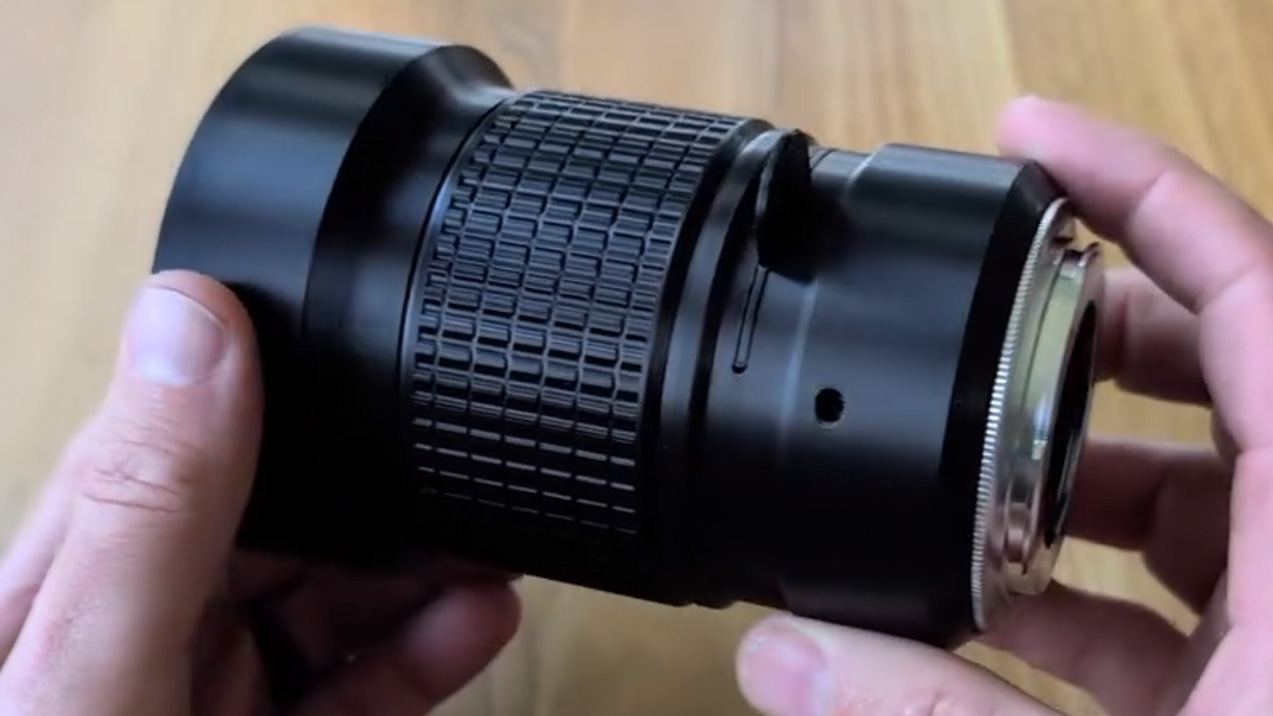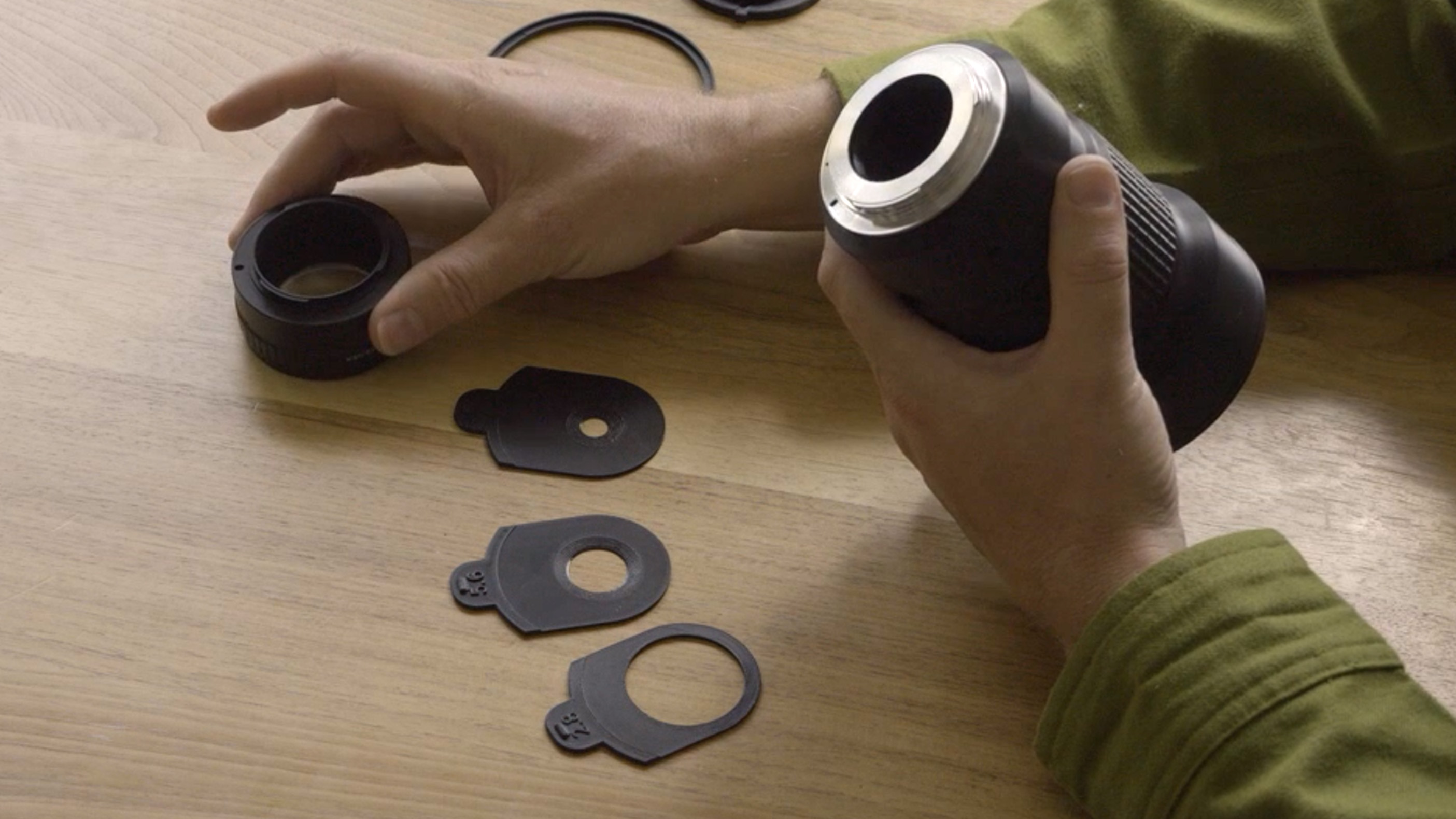A 3D-printed lens with only two elements shouldn't look this good
Forget the nifty fifty - meet the Simple 90: a home-made lens you can actually buy, and for less than $100

Camera lenses can be very pricey, but help is at hand, courtesy of filmmaker and innovator Tim Irwin. Irwin (Instagram: @functionalfilms) has produced a new low-cost prime lens called the Simple 90. This 90mm prime is made in-house by Irwin himself, who 3D prints the barrel and self-assembles each and every lens. Only the two glass elements and assembly screws are outsourced. The lens elements are arranged in a cemented achromatic doublet, which results in image quality characterized by a sharp central region which transitions into soft, ethereal bokeh towards the edges and corners of frame.

True to its name, the lens uses a very simple means of changing aperture: Waterhouse stops. These are just flat plates containing a hole of a specific diameter corresponding to the desired aperture. One plate is slotted into the lens barrel, thereby restricting its internal diameter down the hole/aperture size of the Waterhouse stop. Three plates are included with the Simple 90: f/2.8, f/5.6 and f/11. Irwin has also thoughtfully made available the 3D printable files for the Waterhouse stop plates, enabling users to print other f/stops or even custom-shaped apertures for unique bokeh effects.

Cheap DIY lenses are nothing new of course. We recently reported on a more extreme budget self-built optic constructed from a section of drain pipe and optical lenses from magnifying glasses - that build cost its maker less than $10. Furthermore, the Waterhouse stop system of aperture adjustment has been used recently in more commercial lenses such as Lomography's Petzval and Daguerreotype Achromat art lenses - lenses which, like the Simple 90, prioritise simplicity and artistic, dreamy image quality over outright sharpness.

The Simple 90 lens can be purchased direct from The Irwin Workshop, priced at $99/£73.53. The lens is fitted as standard with an M42 screw mount, which can easily be adapted to pretty much any standard manufacturer mount, including Canon EF, Canon RF, Sony E, Nikon F, Nikon Z, Fuji X, L Mount and Micro Four Thirds. Obviously there are no electronics inside, so focussing is manual only, but that's all part of the fun.
The best camera deals, reviews, product advice, and unmissable photography news, direct to your inbox!
Ben is the Imaging Labs manager, responsible for all the testing on Digital Camera World and across the entire photography portfolio at Future. Whether he's in the lab testing the sharpness of new lenses, the resolution of the latest image sensors, the zoom range of monster bridge cameras or even the latest camera phones, Ben is our go-to guy for technical insight. He's also the team's man-at-arms when it comes to camera bags, filters, memory cards, and all manner of camera accessories – his lab is a bit like the Batcave of photography! With years of experience trialling and testing kit, he's a human encyclopedia of benchmarks when it comes to recommending the best buys.
You must confirm your public display name before commenting
Please logout and then login again, you will then be prompted to enter your display name.

